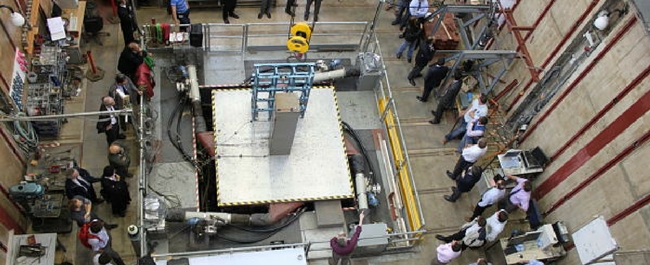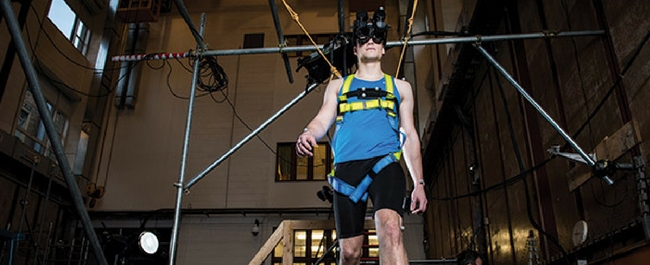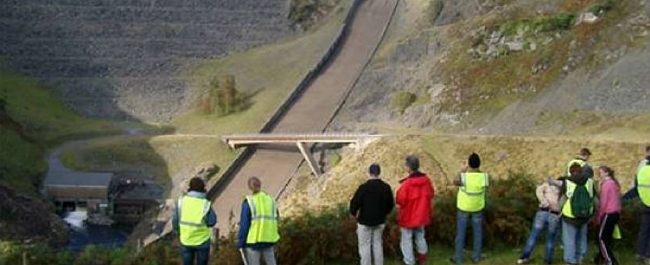Earthquake and Geotechnical Engineering
The Earthquake and Geotechnical Engineering research group is a team of world leading academics who are studying ways to improve the resilience of infrastructure to extreme events and make infrastructure more adaptable in response to changing circumstances and contexts.
World-class facilities and innovative research change the way we design resilient infrastructures
Follow on Twitter
Follow us on Twitter for our latest news and events.
 Research
Research
Our research focuses on the performance of infrastructure and spans a broad range of scales from the micro-modelling of fibre reinforced soils, through large scale experimental work on the seismic performance of bridges, to field testing of dams and slopes, and at the largest scale, modelling of city-wide resilience in response to effects such as climate change.
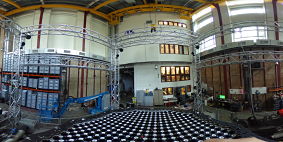 Equipment and facilities
Equipment and facilities
Our large portfolio of equipment for field and laboratory testing includes a 6 axis shaking table and a hollow cylinder apparatus for dynamic soil testing, and will soon include a new £12m National Soil-Foundation-Structure Interaction (SoFSI) facility. We also have access to all the other computational and testing facilities within the faculty.
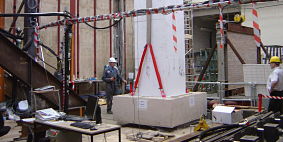 Consultancy and testing
Consultancy and testing
Industry access to the world-class expertise of the Earthquake and Geotechnical Engineering research group is via the Bristol Earthquake and Engineering Laboratory Ltd (BEELAB), a commercial company wholly owned by the University. Areas of expertise include seismic qualification testing, field testing, materials testing and FE analysis.
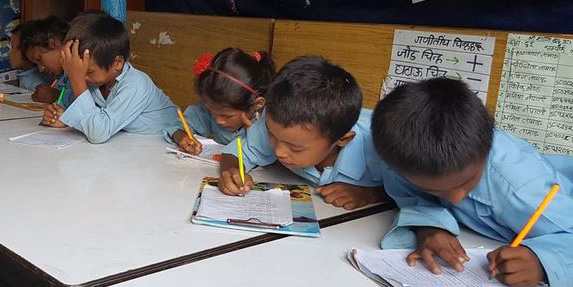 SAFER Nepal project
SAFER Nepal project
The SAFER Schools project is a perfect example of this collaborative approach. It marries cutting edge research and laboratory-based testing with co-produced solutions developed with and by communities in Nepal. The research has been supported by workshops and on-site training so, aided by our local and international partners, we are leaving behind the skills and expertise for communities to rebuild Nepal safely.
